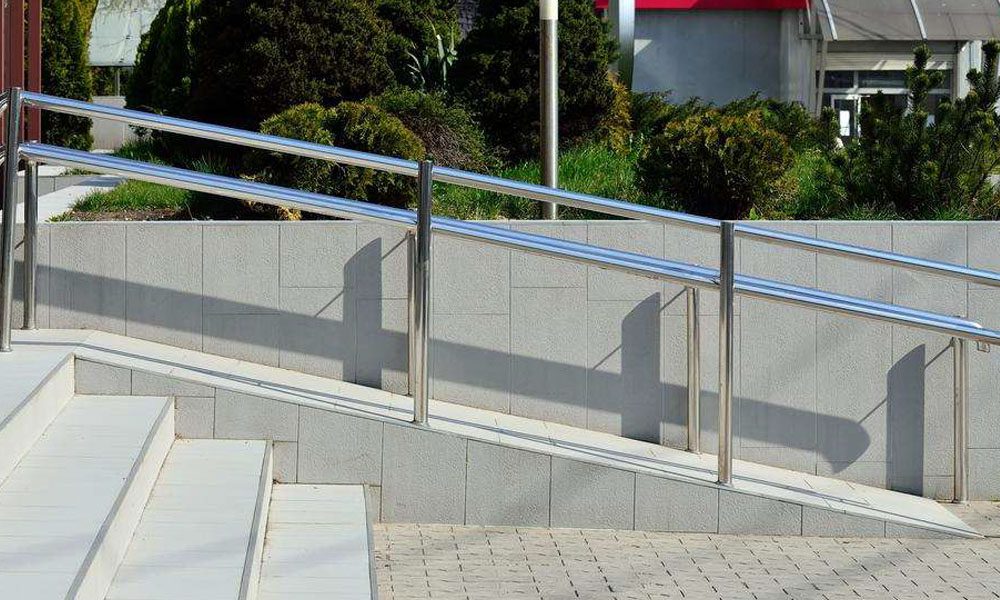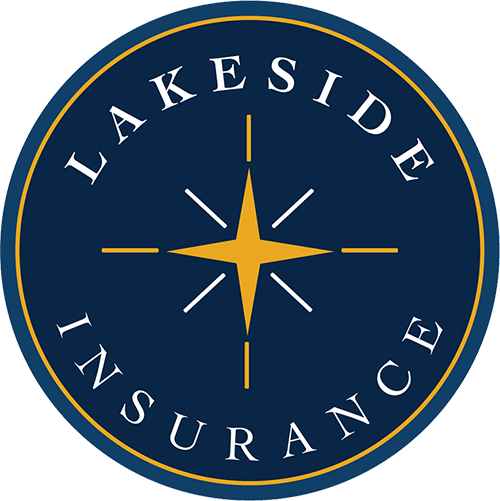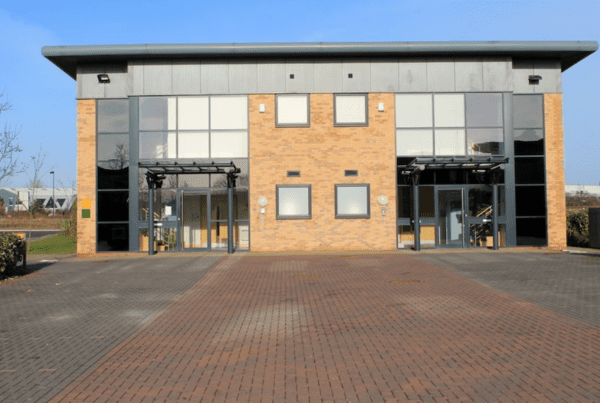
Ordinance or law coverage is a critical addition to your commercial property policy. Today’s municipalities often enact statutes that require building upgrades when making repairs after property damage. Many states with hurricanes or high wind risks have enacted stricter laws or building codes that affect the cost to reconstruct damaged commercial buildings.
You may also have to make changes to comply with the Americans with Disabilities Act (ADA) and “green” building laws, which require you to upgrade materials and structural systems to new environmental standards.
Building codes change over time, usually making rebuilding more complex and more expensive. When a windstorm or fire damages your building, local ordinances can make it more expensive to repair, demolish or rebuild.
Here are some examples where ordinance or law coverage can help protect you from unexpected costs to rebuild:
- After damage to a roof where stricter bracing standards may apply (for example, in Florida or other Southern states)
- Where a partial loss occurs but local ordinances require a full roof replacement
- When local ordinances require updated accessibility standards under the ADA or the installation of fire suppression systems
Remember, without an ordinance or law addition (also called an endorsement), any of the examples described above could leave you with a large out-of-pocket cost.
How an ordinance or law endorsement protects you
An ordinance or law endorsement consists of three parts. You can choose one or all three.
Coverage A – undamaged portion of the building
After a partial loss, some municipalities require you to replace the entire roof. But if you don’t have ordinance or law coverage, your insurer will only pay for the damaged portion, and you will have to pay for the rest to comply with the ordinance. For example, if your roof is 25% damaged, the insurer will only pay for that 25%. You’ll have to pay the remaining 75%, which may force you to borrow money or take money from profits that you could have reinvested in your business.
Coverage B – demolition
After a partial loss, your municipality may require you to demolish the entire structure or roof. Your insurance may pay for the covered loss. But it’s you, not the insurer, who must pay to demolish the remaining roof or structure. Taking the above example, you’d have to pay to demolish the portion of the roof that was undamaged (75%).
Coverage C — increased costs of construction
After a property loss, building owners often face updated municipal requirements, such as making bathrooms accessible to those with disabilities. Coverage C can help with adding life safety items like sprinklers, or accessibility assists like ramps and handrails, when required by building codes.
Most commercial property policies exclude the costs of complying with ordinances or laws. Under a common commercial property form, it is the first exclusion on your policy.
Why building codes keep changing
Love them or hate them, building codes incorporate new ways to make properties safer, more accessible and more environmentally friendly. For example, a property built in 1990 before the ADA or one that lacks sprinkler systems would likely be subject to ordinance or law improvements if a loss occurred. Simply repairing the damaged portion of the structure to pre-loss condition is not an option.
Ordinance or law coverage helps whether a covered loss destroys your building or only partially damages it. This coverage is not expensive, but it may save you a great deal of money should a covered loss occur.
The best time to learn about coverage restrictions and available adjustments to your insurance is before a loss. An experienced agent can offer a more in-depth explanation of ordinance or law coverage. In today’s time of rising construction costs, an ordinance or law endorsement is critical for commercial policyholders.




